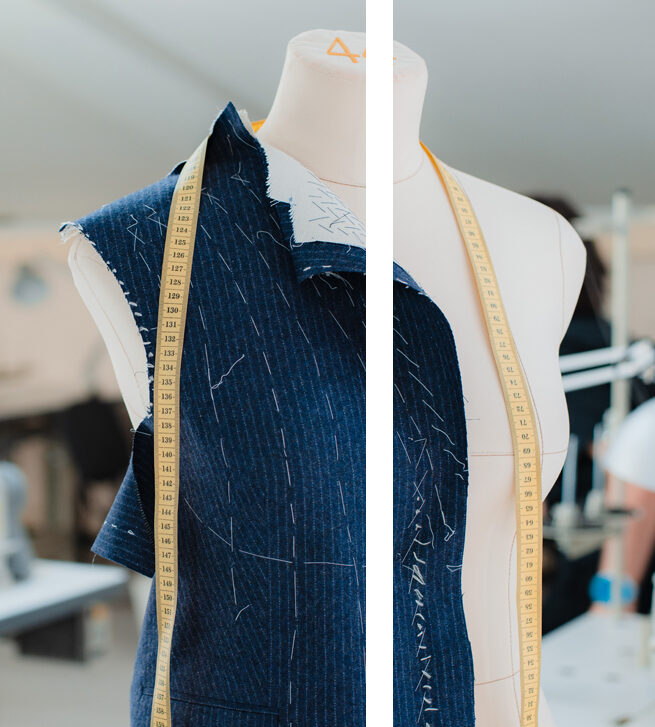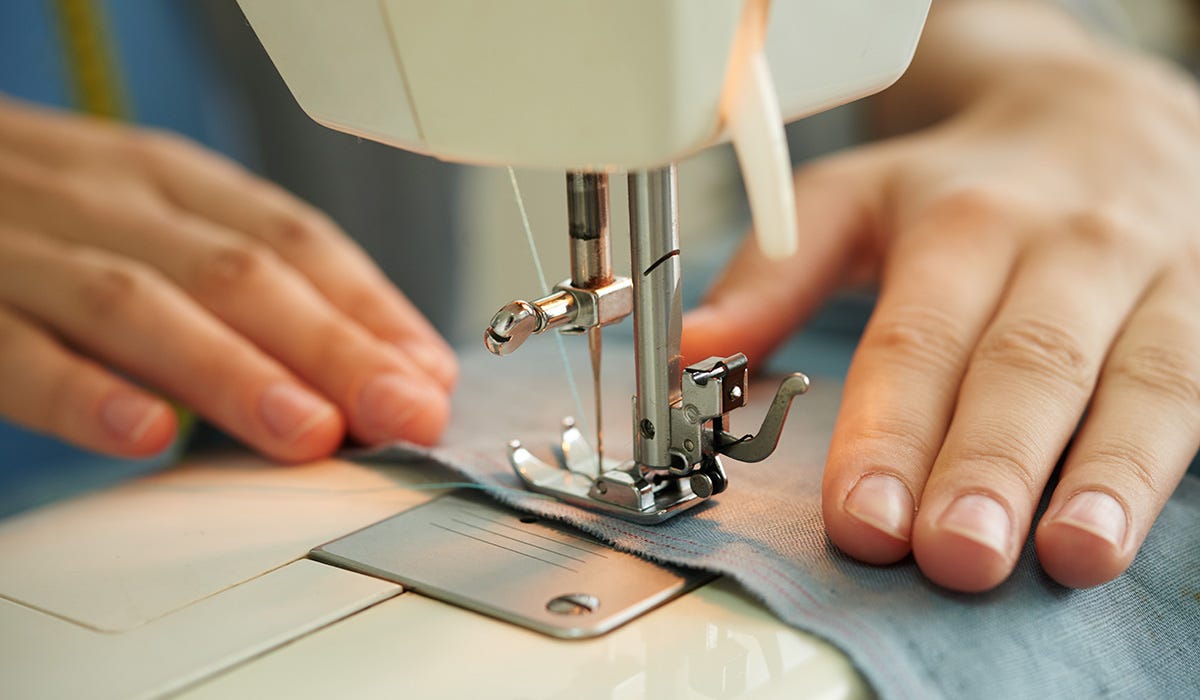Tailor Perth Professionals: Boost Your Style with Custom Tailoring
Tailor Perth Professionals: Boost Your Style with Custom Tailoring
Blog Article
Comprehending the Tailoring Process: From Fabric Option to Final Fitting for the Ideal Wardrobe
The tailoring procedure is a complex interplay of art and science, starting with the vital decision of material option and finishing in the exact changes of last fittings. Each material kind brings one-of-a-kind qualities that affect not just the visual charm yet likewise the garment's long life and viability for numerous events. Recognizing the nuances of customizing techniques can boost one's closet to extraordinary degrees of elegance. As we explore these aspects further, one must think about how even the tiniest information can considerably impact the general end result of one's personal style.
Value of Material Choice
Choosing the appropriate material is vital in the tailoring process, as it directly affects the convenience, toughness, and overall aesthetic of the last garment (tailor perth). The selection of material sets the structure for the garment's style, efficiency, and capability. Different textiles have unique homes, such as weight, stretch, and breathability, which can considerably affect how the garment drapes and fits the body
Furthermore, textile choice influences the garment's durability and simplicity of care. High-grade materials can endure damage, keeping their look and structure over time, while lower-quality materials may lead to pilling or fading. In addition, the best textile adds to the garment's capability to change across events and periods, consequently boosting convenience.
A tailored piece made from a suitable material not just showcases workmanship however likewise boosts the wearer's self-confidence. Subsequently, comprehending the subtleties of fabric choice is paramount for any tailoring venture. It ensures that the final product not just fulfills the visual needs of the client yet also aligns with useful demands, thereby attaining a harmonious equilibrium in between type and feature in the tailored wardrobe.
Kinds Of Fabrics and Their Usages
Recognizing the various types of fabrics offered is important for making informed choices throughout the tailoring procedure. Each material has one-of-a-kind features that dictate its suitability for details garments and celebrations.
Its convenience permits it to be tailored into every little thing from t-shirts to outfits. Its all-natural elasticity assists garments maintain form over time.
Silk radiates deluxe and is lightweight, making it excellent for eveningwear and fragile blouses; however, it needs mindful handling due to its delicacy. Bed linen, with its textured coating, is a prominent option for warm environments, offering a ventilated and crisp feel, however it wrinkles easily, which may affect the garment's appearance.
Artificial textiles, such as polyester and nylon, deal sturdiness and resistance to creases, making them suitable for daily wear and energetic clothing. Understanding these textile types and their residential properties enables for much better decision-making, ensuring that each customized piece not only fits well but also straightens with the desired function and event.
The Tailoring Strategies Discussed
The art of customizing counts on a variety of techniques that transform textile into well-fitted garments. Central to this procedure is pattern preparing, where a dressmaker creates templates based on the customer's measurements and preferred design. This initial step ensures that the garment will fit the wearer effectively before any cutting occurs.
Once patterns are developed, reducing strategies come into play. Precision is vital more information as mistakes can bring about misfitting garments. Tailors commonly use various cutting techniques, such as single-layer cutting for elaborate layouts and multiple-layer cutting for efficiency on standard patterns.
Basting is another essential technique, allowing dressmakers to briefly stitch fabric assemble for a preliminary fitting. This approach uses the possibility to evaluate the drape and overall silhouette before final stitching.
Seaming techniques, consisting of flat-felled seams and French joints, improve the garment's durability and aesthetic allure. Tailors additionally employ methods such as interfacing and extra padding to provide structure and form to particular areas, like shoulders and collars.
Lastly, completing methods, consisting of hemming and side finishing, make sure the garment's longevity while giving a polished appearance. With each other, these techniques form the backbone of efficient customizing, resulting in beautiful, tailor-made clothing.
Suitable Adjustments and Factors To Consider

Key factors to consider consist of the shoulder fit, which ought to neither sag nor limit movement, and the sleeve size, which ought to enable comfortable arm movement while preserving a polished look. Furthermore, changes at the waist can refine the silhouette, with alternatives to let out or absorb material as required.
The surge of pants is an additional important aspect; it should sit comfortably over the hips without triggering discomfort, permitting for simplicity of movement. Hemming sizes for both pants and skirts must show the user's favored style while valuing percentages.

Maintaining Your Tailored Apparel
Correct maintenance of customized garments is necessary to preserving their fit and appearance with time. To guarantee longevity, regular cleaning is paramount. Always adhere to the treatment label directions, which may suggest dry cleaning for fragile materials or machine washing for even more sturdy products. Stay clear of regular laundering, as this can wear down the fabric and change the garment's shape.
Storage space is equally vital; use cushioned wall mounts for jackets and layers to keep shoulder structure, and shop trousers folded neatly or hung to stop creasing. Safeguard garments from straight sunshine, which can discolor colors and damages fibers.
In addition, regular inspections for minor repairs can protect against larger issues. Look for loosened buttons, fraying seams, or indications of moth damage, attending to these problems promptly to preserve the garment's honesty.
Lastly, consider seasonal turning. Wearing customized pieces in small amounts permits materials to recoup, expanding their life expectancy. By executing these upkeep strategies, you can make certain that your customized garments remain as immaculate as the day you initially wore them, boosting your ideal closet for many years ahead.
Final Thought
The customizing process, including textile choice, competent methods, and precise fitting changes, plays a crucial role in producing garments that improve both convenience and design. Recognizing the value of maintenance extends the life of customized garments, strengthening their worth in a well-curated closet.
Selecting the ideal textile is critical in the tailoring process, as it directly affects the convenience, sturdiness, see post and overall aesthetic of the last garment. The option of material sets the foundation for resource the garment's performance, design, and efficiency. Various textiles have special buildings, such as weight, stretch, and breathability, which can dramatically impact just how the garment drapes and fits the body.
The art of customizing relies on a selection of methods that change material right into well-fitted garments.The customizing process, incorporating textile choice, skilled techniques, and exact fitting modifications, plays an essential role in producing garments that improve both comfort and style.
Report this page